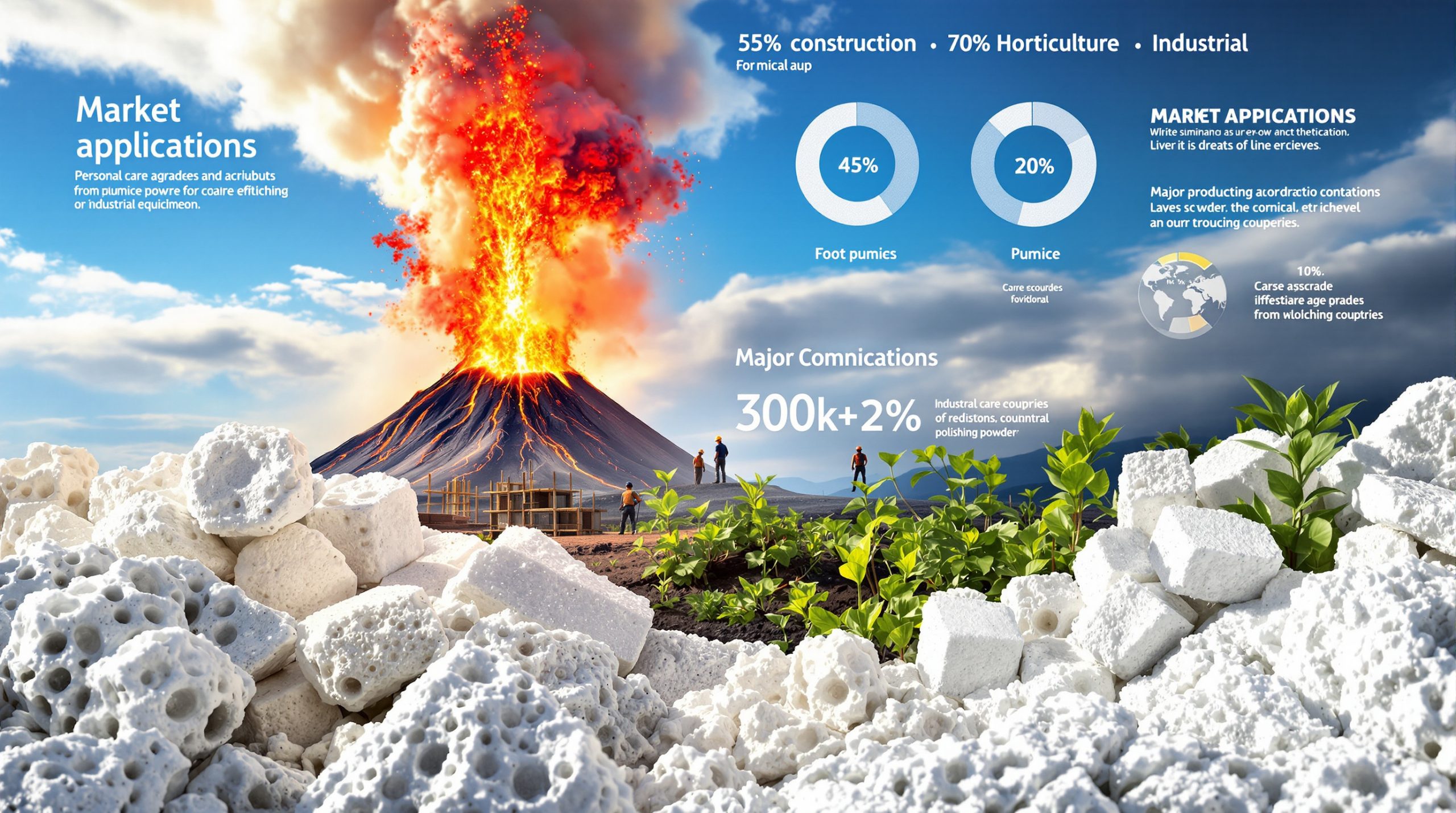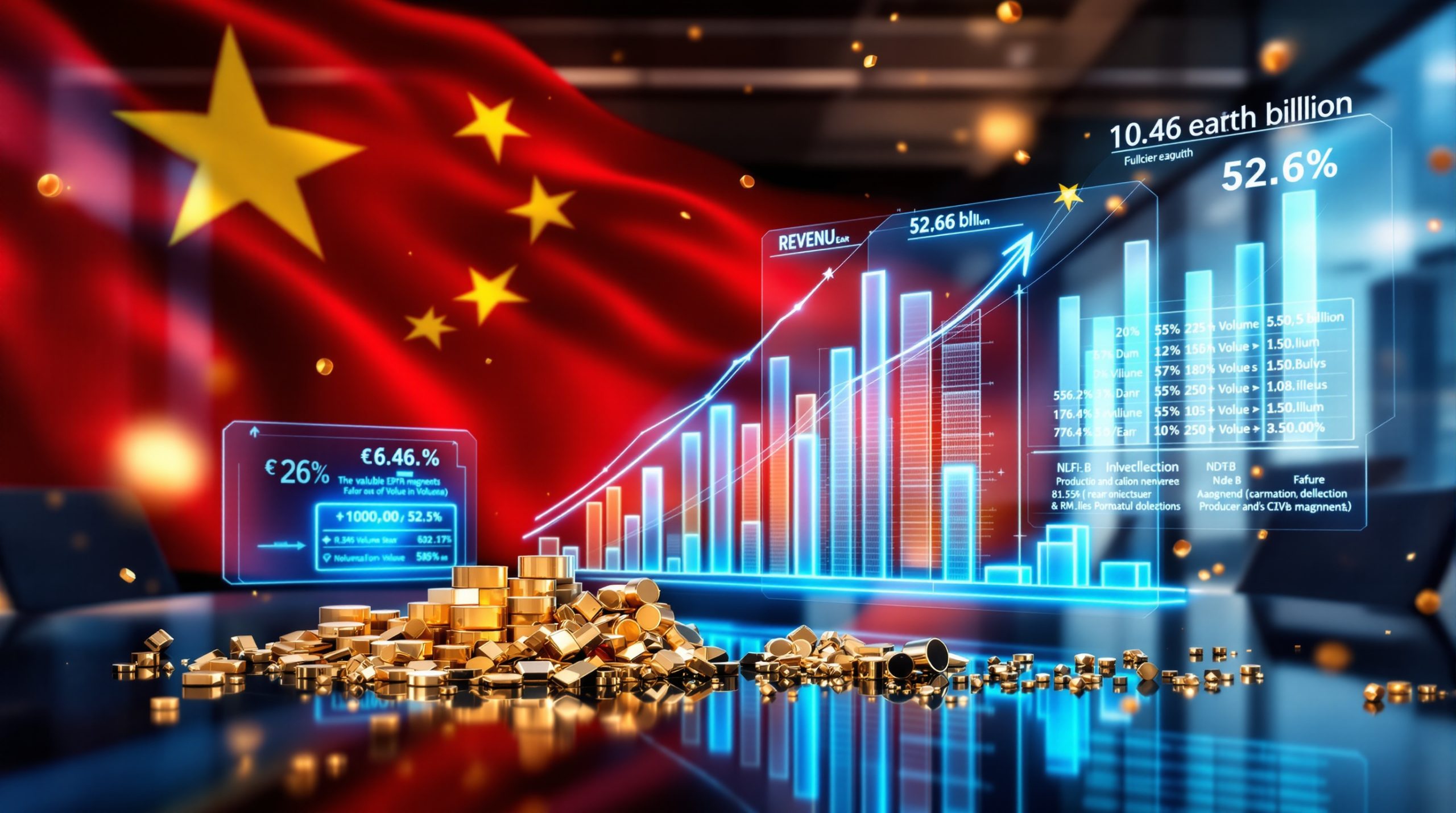Current Market Fundamentals: Understanding Silver's Supply-Demand Imbalance
The global silver market has undergone a dramatic structural transformation, evolving from comfortable surplus conditions into a persistent silver market deficit that has fundamentally altered precious metals dynamics. Since 2021, this imbalance has created an unprecedented shortage exceeding 796 million ounces, representing approximately 25,000 tonnes of unmet global demand.
This shift marks one of the most significant commodity market inversions in recent decades. Where silver markets previously maintained adequate supply buffers, current conditions reflect a deep structural divergence between accelerating industrial consumption and constrained production capacity.
The magnitude of this transformation becomes evident when comparing recent market conditions with historical precedent. Between 2016-2020, silver markets generally maintained surplus conditions, with total supply consistently exceeding demand across most years. This comfortable supply situation ensured readily available metal for both industrial applications and investment purposes.
However, the current period represents a complete market reversal. Industrial applications now account for approximately 60% of total global silver consumption, driven primarily by technological advancement and electrification trends that show no signs of slowing.
How Large Is the Silver Market Deficit in 2025?
Current market analysis indicates the silver market deficit will reach approximately 149 million ounces in 2025, according to data from The Silver Institute's World Silver Survey 2025. This projection represents the fifth consecutive year of substantial shortfalls, demonstrating the persistent nature of current supply-demand imbalances.
The 2025 deficit represents roughly 15% of total annual global production, illustrating the significant magnitude of supply-demand misalignment affecting physical silver availability worldwide. Furthermore, this shortage forces markets to continuously draw from above-ground inventories held in exchange warehouses, dealer vaults, and strategic reserves.
Critical Deficit Statistics:
- 2021-2025 cumulative deficit: 796+ million ounces
- 2025 projected shortfall: 149 million ounces
- Percentage of annual production affected: ~15%
- Consecutive years of deficit: 5+ years
- Equivalent shortage: Nearly one full year of global mine output
The persistent nature of these deficits has created structural market tightness, evidenced by backwardation in futures markets where immediate delivery commands premiums over future contracts. This phenomenon typically indicates severe physical supply constraints and suggests that current shortages represent fundamental market conditions rather than temporary disruptions.
Regional supply disparities have emerged as another consequence of the global silver market deficit. Manufacturing centres in Asia face particularly acute supply challenges, while traditional producing regions struggle to increase output sufficiently to meet growing industrial demand. Additionally, understanding the broader silver market squeeze impact helps contextualise these regional challenges within global financial systems.
What Industrial Applications Are Driving Silver Demand?
Renewable Energy Revolution
Solar photovoltaic technology has emerged as the fastest-growing segment of industrial silver consumption, fundamentally reshaping demand patterns. Photovoltaic applications now account for approximately 17% of total global silver demand in 2024, compared to just 5.6% in 2015, according to industry data.
Each solar panel requires silver paste applied to silicon wafers to create conductive pathways essential for electricity generation and collection. These thin silver wires, known as busbars, capture and channel electricity generated by photovoltaic cells. The conductive properties of silver make it irreplaceable in current solar technology, as no alternative material provides equivalent electrical performance at commercial scale.
The global push toward renewable energy has accelerated silver consumption in this sector. Major solar-producing nations including China, Germany, and India have substantially increased manufacturing capacity, directly translating into higher silver requirements. Industry projections suggest photovoltaic silver demand could reach 20% of total consumption by 2026, assuming current renewable energy deployment rates continue.
Transportation Electrification Impact
Electric vehicle manufacturing represents another significant driver of the silver market deficit. Each EV requires approximately 25-50 grams of silver for electrical components, battery management systems, and charging infrastructure connections, compared to roughly 15-25 grams in conventional automobiles.
The silver content in electric vehicles serves critical functions:
- Battery management systems requiring precise electrical conductivity
- Motor windings utilising silver's superior thermal properties
- Charging port connections demanding corrosion-resistant conductors
- Electronic control units needing reliable electrical pathways
- Safety systems requiring fast electrical response times
Global EV production reached approximately 14 million units in 2024, with projections suggesting 30+ million units annually by 2030. This growth trajectory indicates substantial ongoing silver demand from transportation electrification, contributing significantly to current supply constraints. For instance, the evolution of electric vehicles & mining demonstrates how technological advancement continues to reshape resource requirements across industries.
Digital Infrastructure Expansion
The worldwide rollout of 5G networks and exponential data centre construction has created substantial additional silver consumption for advanced telecommunications and computing infrastructure. These applications demand silver's unique combination of electrical conductivity, thermal management, and electromagnetic interference shielding properties.
Key digital infrastructure silver applications:
- High-frequency circuit boards for 5G base stations
- Server cooling systems in hyperscale data centres
- Telecommunications switching equipment requiring fast signal processing
- Cloud computing hardware demanding reliable electrical connections
- Artificial intelligence processing units utilising advanced silver-containing components
The data centre construction boom has particularly intensive silver requirements, with modern facilities consuming substantially more silver per unit of computing capacity compared to previous generations of infrastructure.
Why Can't Silver Supply Keep Pace with Demand?
Byproduct Mining Dependency Creates Supply Inelasticity
Approximately 70-75% of global silver production occurs as a byproduct of copper, lead, and zinc mining operations, according to industry analysis. This dependency creates fundamental supply inelasticity, where silver output remains tied to the economics and production cycles of primary base metals rather than responding directly to silver price signals.
Global Silver Supply Structure:
| Source Type | Percentage of Total Supply | Price Responsiveness |
|---|---|---|
| Byproduct silver | 70-75% | Low |
| Primary silver mines | 25-30% | Moderate |
| Recycled silver | ~20% | High |
This structural reality means that even significant silver price increases cannot rapidly boost production, as mining companies prioritise the economics of primary metals when making operational and investment decisions. Copper mines producing silver as a byproduct will not increase output solely for silver price appreciation if copper market conditions remain unfavourable.
Declining Ore Grades Challenge Production Growth
Mature silver mining operations face progressively lower ore concentrations, requiring increased capital expenditure and operational complexity to maintain existing production levels. This geological reality represents a fundamental constraint on supply expansion, even when market conditions strongly favour increased output.
Average silver ore grades have declined consistently over recent decades:
- 1990s average grades: 150-200 grams per tonne
- 2000s average grades: 100-150 grams per tonne
- Current average grades: 80-120 grams per tonne
- Projected future grades: 60-100 grams per tonne
Lower ore grades require processing significantly more material to extract equivalent silver quantities, increasing energy consumption, environmental impact, and operational costs. Many established silver mines face the economic challenge of maintaining profitability while dealing with progressively decreasing ore quality.
Extended Development Timelines Prevent Rapid Supply Response
New silver mining projects typically require 7-15 years from initial discovery to commercial production, encompassing extensive exploration, permitting, environmental assessments, community consultation, and construction phases. These protracted development timelines prevent rapid supply responses to market deficits, even when economic conditions strongly justify new project development.
Typical Silver Mine Development Timeline:
- Years 1-3: Initial exploration and resource definition
- Years 4-6: Feasibility studies and environmental assessments
- Years 7-10: Permitting, financing, and community agreements
- Years 11-15: Construction and commissioning
This extended timeline means that current silver price strength cannot address the immediate silver market deficit through new mine development, as projects initiated today will not reach production until the early 2030s at the earliest. However, the broader mining industry evolution may introduce technological solutions that could accelerate development processes in coming years.
How Are Physical Silver Inventories Being Affected?
The persistent silver market deficit has forced global markets to systematically draw from above-ground inventories held in exchange warehouses, dealer vaults, and strategic reserves worldwide. This inventory depletion creates increasingly tight physical market conditions with measurable impacts across supply chains.
Physical Market Tightness Indicators:
The silver market is experiencing unprecedented inventory drawdowns, with exchange-monitored stocks declining by over 100 million ounces since 2021, according to commodity exchange data.
Evidence of physical supply constraints includes:
- Backwardation in futures markets where immediate delivery commands premiums over future contracts
- Reduced dealer inventory levels globally, with many reporting critically low stock positions
- Extended delivery timeframes for physical silver purchases, particularly for larger quantities
- Regional supply disparities affecting local pricing and availability
- Increased storage costs as remaining inventory becomes more valuable
Exchange-traded product inventories have also declined substantially, as silver-backed ETFs face ongoing redemptions to meet industrial demand. The London Bullion Market Association reports significant reductions in vaulted silver holdings, indicating that institutional inventory management has shifted toward just-in-time supply strategies rather than maintaining strategic buffers.
Industrial consumers have responded by implementing supply chain modifications, including longer-term purchase agreements, strategic inventory building, and supply source diversification to mitigate availability risks associated with the ongoing silver market deficit.
What Role Does Investment Demand Play?
Investment demand represents a critical component intensifying the silver market deficit, as silver-backed exchange-traded products, physical silver purchases, and strategic portfolio allocation absorb substantial quantities of available metal supply. Investment flows respond dynamically to both monetary policy changes and growing awareness of industrial supply constraints.
Investment Demand Drivers:
- Currency debasement concerns driving precious metals allocation
- Inflation hedging strategies incorporating silver positions
- Portfolio diversification requirements seeking commodity exposure
- Industrial supply shortage awareness creating investment opportunity recognition
- Monetary policy uncertainty encouraging hard asset accumulation
Silver-backed ETPs have experienced net inflows during periods of heightened economic uncertainty, while simultaneously facing redemption pressure as physical silver becomes increasingly difficult to source. This dynamic creates additional demand volatility that compounds supply constraint pressures.
Retail investment demand has also increased substantially, with coin and bar sales reaching elevated levels as individual investors recognise the structural nature of current supply-demand imbalances. Major precious metals dealers report sustained high demand with periodic supply interruptions for popular silver products.
The investment community has increasingly recognised that silver's industrial consumption growth, combined with supply constraints, creates a fundamentally different investment thesis compared to traditional precious metals positioning focused solely on monetary considerations. Furthermore, understanding silver squeeze dynamics provides valuable insights into how coordinated investment activities can amplify supply constraints.
Which Countries Are Most Affected by Silver Shortages?
Manufacturing Powerhouses Face Acute Supply Challenges
Nations with substantial electronics, automotive, and renewable energy manufacturing experience the most severe impacts from the global silver market deficit. These industrial economies cannot easily substitute alternative materials without compromising product performance or significantly redesigning manufacturing processes.
Countries Most Affected by Silver Supply Constraints:
- China: Dominates global solar panel production, requiring massive silver inputs for photovoltaic manufacturing
- Germany: Advanced automotive sector and industrial applications create substantial silver requirements
- Japan: Electronics manufacturing and precision instruments demand consistent silver supply
- South Korea: Semiconductor and display technologies utilise silver for specialised applications
- United States: Technology sector and military applications require secure silver supply chains
China faces particularly complex challenges as both a major silver consumer and significant producer, creating internal competition between domestic industrial demand and export availability. Chinese solar manufacturers have implemented supply chain strategies including strategic inventory accumulation and alternative sourcing arrangements to manage silver availability risks.
Mining-Dependent Regions Experience Different Dynamics
Primary silver-producing countries face distinct market pressures as domestic industrial demand increasingly competes with traditional export markets. This dynamic creates internal supply allocation challenges and affects traditional trade relationships.
Major Silver-Producing Countries and Market Dynamics:
- Mexico: World's largest silver producer facing growing domestic renewable energy demand
- Peru: Significant byproduct silver from base metal operations affected by copper market conditions
- China: Major producer and consumer creating internal supply-demand competition
- Chile: Copper-focused mining with substantial byproduct silver output
- Australia: Diversified mining sector with growing silver production from multiple sources
These producing nations increasingly balance export revenues against domestic industrial development needs, particularly as their own economies transition toward renewable energy and advanced manufacturing sectors requiring substantial silver inputs.
How Are Silver Prices Responding to Market Deficits?
Silver prices have reached new all-time highs during 2024-2025, yet price behaviour remains characterised by significant volatility rather than sustained, steady appreciation. This seemingly counterintuitive response reflects complex market dynamics beyond simple supply-demand fundamentals.
Factors Influencing Silver Price Behaviour:
- Industrial demand inelasticity where manufacturers must purchase regardless of price levels
- Speculative trading influence creating short-term volatility disconnected from physical fundamentals
- Dollar strength impacts affecting all precious metals pricing through currency relationships
- Market manipulation concerns potentially affecting price discovery mechanisms
- Futures market dynamics sometimes diverging from physical market conditions
The industrial nature of much silver demand creates price inelasticity, where manufacturers cannot significantly reduce consumption in response to price increases without disrupting production processes. Solar panel manufacturers, electronics companies, and automotive producers typically continue purchasing silver even at elevated prices rather than halt manufacturing operations.
However, speculative trading in silver futures and options markets can create price volatility that masks underlying physical supply constraints. Large financial institutions and algorithmic trading systems sometimes dominate short-term price movements, creating disconnect between paper silver prices and physical market realities.
Regional pricing disparities have emerged as another consequence of the silver market deficit, with some markets experiencing premiums for physical delivery while others maintain closer alignment with futures pricing depending on local supply conditions and industrial demand intensity. Consequently, analysing gold-silver ratio analysis provides valuable context for understanding these pricing dynamics within broader precious metals markets.
What Are the Long-Term Implications?
Supply Chain Restructuring Across Industries
Industries dependent on silver are implementing comprehensive strategies to manage supply constraints associated with the ongoing silver market deficit. These adaptations represent fundamental changes in operational approaches rather than temporary adjustments.
Industrial Response Strategies:
- Material substitution research investigating alternatives where technically feasible
- Supply chain diversification reducing geographic concentration and single-source dependencies
- Strategic inventory building by major consumers to ensure production continuity
- Recycling technology advancement to increase secondary supply recovery rates
- Process optimisation reducing silver consumption per unit of production
- Long-term contract arrangements securing future supply at predetermined terms
Solar manufacturers have invested heavily in research aimed at reducing silver paste thickness while maintaining electrical performance. Some companies have achieved 20-30% reduction in silver consumption per panel through technological improvements, though these gains are largely offset by increased total solar panel production volumes.
Mining Industry Response Limitations
Despite strong market conditions and the persistent silver market deficit, the mining sector faces significant challenges in rapidly expanding silver production capacity. These constraints reflect both technical and economic realities affecting industry development.
Mining Sector Challenges:
- Capital allocation priorities favour base metals over precious metals in many mining companies
- Environmental regulations extending project development timelines substantially
- Geopolitical risks in key producing regions affecting investment decisions
- Technical challenges at existing operations including declining ore grades and deeper mining requirements
- Skilled labour shortages limiting operational expansion capabilities
- Infrastructure limitations in remote mining regions constraining development
Many diversified mining companies prioritise copper, zinc, and lead projects over silver-focused development, as base metals typically offer more predictable demand patterns and lower price volatility. This capital allocation preference limits silver supply expansion even during periods of strong silver market fundamentals.
Future Market Scenarios: What Could Change the Deficit?
Demand Moderation Factors
Several potential developments could reduce silver demand growth and alleviate the current silver market deficit, though most scenarios involve significant technological breakthroughs or economic disruptions.
Potential Demand Reduction Factors:
- Alternative materials development for specific applications, particularly in electronics
- Economic slowdown reducing industrial consumption across multiple sectors
- Technology efficiency improvements requiring less silver per unit of production
- Policy changes affecting renewable energy deployment rates globally
- Recycling breakthroughs substantially increasing secondary supply recovery
Research into silver alternatives continues across multiple industries, with particular focus on copper-based alloys for certain electrical applications and alternative conductive materials for solar applications. However, technical performance requirements often prevent complete silver substitution without compromising product functionality.
Supply Enhancement Possibilities
Potential silver supply increases could emerge from various sources, though each faces significant development challenges and extended implementation timelines.
Supply Increase Opportunities:
- New primary silver discoveries with favourable economics and accessible locations
- Recycling technology breakthroughs increasing recovery rates from electronic waste
- Byproduct optimisation at existing base metal operations through improved processing
- Geopolitical stability enabling new project development in previously restricted regions
- Advanced extraction technologies making lower-grade deposits economically viable
- Ocean mining developments potentially accessing deep-sea silver resources
Recycling represents the most immediately viable supply enhancement opportunity, as electronic waste contains substantial silver quantities. However, current recycling technologies recover only 60-70% of silver content from electronic components, leaving significant improvement potential through technological advancement.
Key Takeaways for Market Participants
The silver market deficit represents a fundamental structural shift requiring strategic adaptation across industries, investment portfolios, and policy frameworks. Understanding these dynamics enables improved decision-making for various stakeholders navigating current market conditions.
Strategic Considerations for Different Market Participants:
- Supply chain risk management for industrial users requiring reliable silver supply
- Investment allocation strategies for portfolio managers recognising commodity scarcity themes
- Operational planning for mining companies balancing production priorities
- Policy development for resource-dependent economies managing strategic reserves
- Technology development focusing on efficiency improvements and alternative materials
The structural nature of current supply-demand imbalances suggests continued market tightness extending into the late 2020s, making silver market understanding essential for stakeholders across multiple economic sectors.
Investment professionals increasingly recognise silver's unique position as both a precious metal and critical industrial commodity, creating distinct risk-return profiles compared to traditional portfolio assets. This dual nature provides potential diversification benefits while exposing investors to industrial commodity cycles.
Manufacturing companies are implementing longer-term strategic planning horizons to account for continued supply constraints, including alternative supply source development, inventory optimisation, and technology investment to reduce silver intensity requirements. Moreover, comprehensive understanding of supply deficit implications remains crucial for strategic planning across all sectors.
Disclaimer: This analysis is based on current market data and industry projections. Silver markets remain subject to significant volatility, and supply-demand forecasts involve inherent uncertainty. Investment decisions should consider comprehensive risk assessment and professional financial advice.
Ready to Capitalise on the Silver Market Deficit?
Discovery Alert's proprietary Discovery IQ model delivers real-time alerts on significant mineral discoveries, including silver exploration breakthroughs that could reshape supply dynamics and create actionable trading opportunities. Understanding the substantial returns that historic discoveries can generate becomes clear when exploring Discovery Alert's dedicated discoveries page, showcasing exceptional outcomes from major mineral finds, whilst subscribers gain immediate market advantages through instant notifications powered by advanced AI technology.




